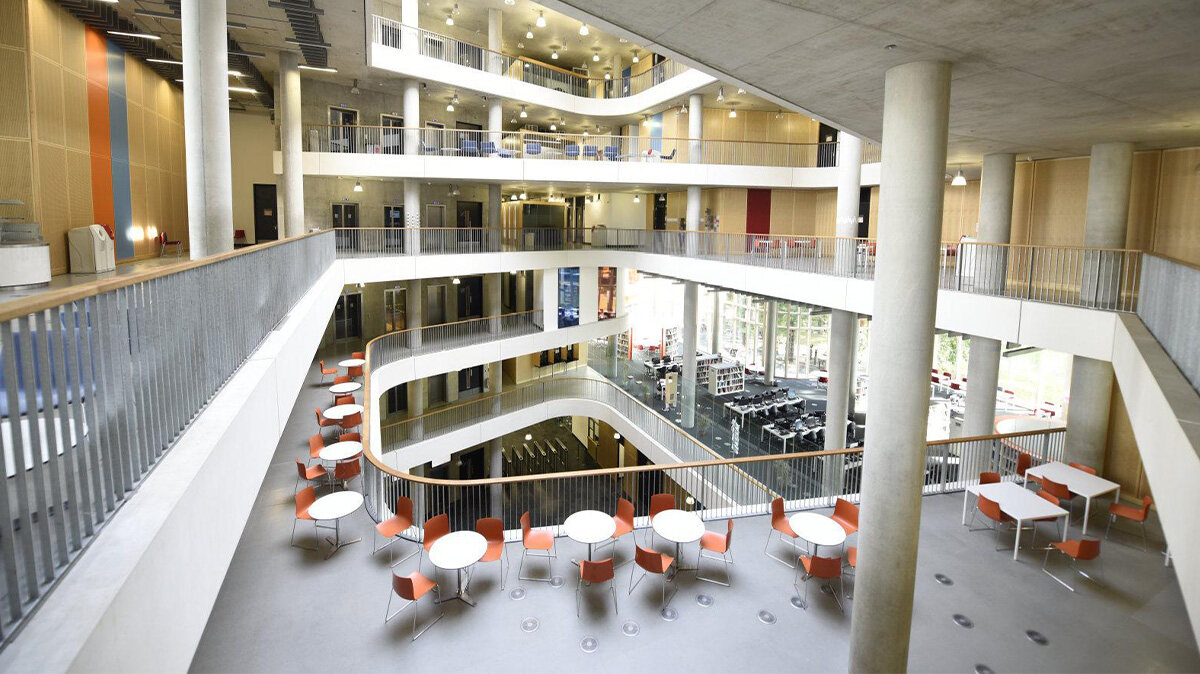
Operators of joint office space always claim that their offices are very distinctive, pointing out that
the office is not only a workplace but also a space for community and culture. In fact, for a variety
of reasons, joint offices give people the same impression in terms of space planning and operation
management.
Why are the joint offices space always the same?
At present, less than 5% of the world's office space is used for joint offices, and others are either
traditional leasing or fully owned by owners. Office space users can only compare and choose
between traditional office space leasing and joint office space settlement.
For this reason, the major joint office operators tend to focus their marketing on functions that cannot
be provided by traditional leasing, such as flexible terms, sharing modes and different office experiences.
It seems inconceivable that every operator publicizes the same function with the same words, but this
is a necessary step in the initial stage of joint office. After all, operators should first guide the market
to distinguish the difference between joint office and traditional leasing, and attract them to choose
joint office.

Since 2010, the average annual growth rate of joint office has reached 23%, and the market is in
explosive growth. In this case, we all think that operators will strengthen their differences, but
until now, most of them have not done so.
When the demand is strong, everyone's business is good. In this case, the differences between
them are not so important. As a result, it is easy for operators to forget the immaturity and
challenges of the joint office industry and immerse themselves in their "good days".
In addition, this is a low-threshold industry, with many small companies and no more than 10 large
operators worldwide. Many small companies do not even have a complete management team, let
alone a professional marketing team. The marketing of these companies is accomplished through
agents. A senior manager may be responsible for marketing, sales, finance, and other businesses.
Therefore, it is not surprising that many small companies lack marketing innovation.
Large companies lead the market trend, while small companies follow the trend. As a result, all
kinds of joint offices are similar. It is difficult for consumers to find out their differences. Without
an in-depth understanding, it is impossible to distinguish the fields and cultures involved in a company.
Joint office space needs innovation and change

At present, the main competitor of joint office space is still traditional leasing. However, we have
seen that in London, New York, Berlin, even Thailand, and other places, the competition for joint
office has become very fierce. Operators began to make efforts towards differentiation, many of
which are very distinctive. For example, Riveter in Seattle, the United States, provides services for
women' s rights and women' s health; The Naplab joint office space in Thailand provides users with
space to take a nap.
More operators try to shift their marketing focus from the common space characteristics of joint
office to interests and value propositions. They no longer focus on studying WiFi, communities,
shared facilities, etc., but focus on how to serve target customers, improve their satisfaction, and
let them work in the joint office space with ease.

Over time, operators have also put forward more distinctive value propositions. They have added
some new functions that can bring value, including nanny and childcare services, on-site company
registration services, and cooperation with banks to provide small business loans. As a part of
differentiated services, the new space design concept continuously improves workplace conditions
and is popular with young consumers.
With the development of the industry, it is believed that some operators will achieve vigorous development
by building strong brand assets, and can attract new users with their own popularity. But constant
innovation and change are still required. Basically, The value of real differentiation of joint office is
reflected not only in the competition with the traditional rental market, but also in the competition
with peers.


